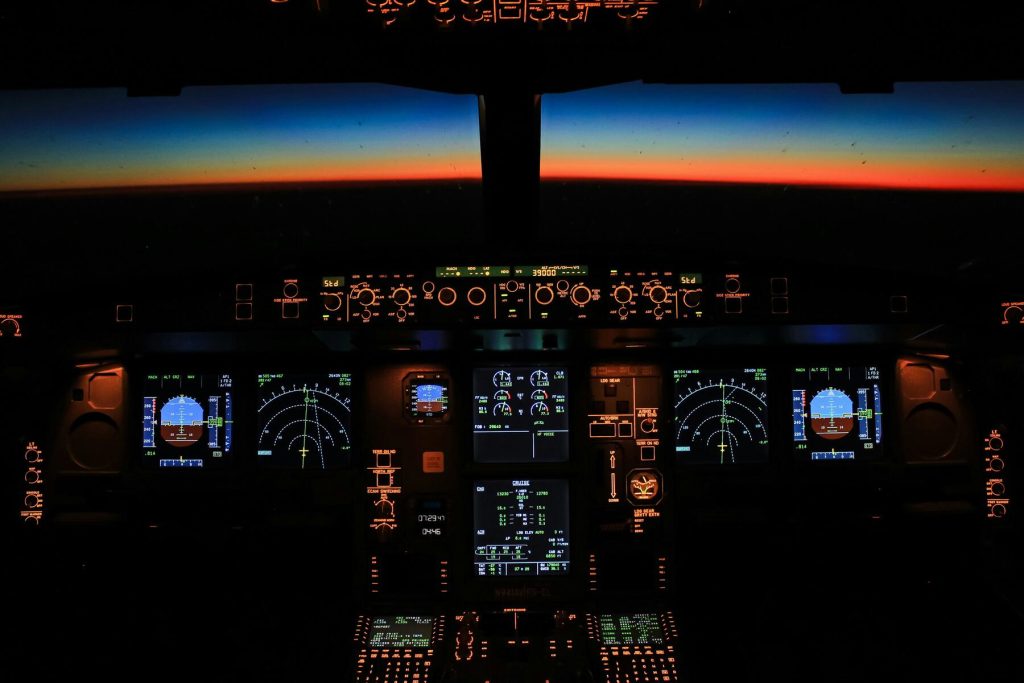According to the pilot union that commissioned the survey, napping appears to have become more routine than intended.
A study by a German pilot’s union indicates napping while on duty in the cockpit of an aircraft may be more common than imagined by the everyday passenger. The study, commissioned by the union Vereinigung Cockpit (VC), which represents pilots for a number of German airlines, indicates that 93% of pilots admitted to napping while on duty, to varying degrees.
European regulators allow pilots to nap during duty periods inflight under specific conditions. A nap period must be planned and agreed upon between the two pilots, take place only during stable, level flight with the autopilot on, with the other pilot aware of the nap and alert that they are the only one monitoring the flight. Cabin crew are often also informed during the procedure.
Cockpit napping is designed to allow for relief of fatigue in a monitored, controlled manner, and is not designed to be a routine occurrence. VC, however, points to the survey results as evidence the practice has become more routine than intended, and calls upon airlines to do more to address pilot fatigue.
Continue Reading Article After Our Video
Recommended Fodor’s Video
It’s worth noting the Federal Aviation Administration (FAA) periodically reviews how regulators of other countries whose airlines operate flights to the United States oversee flight operations, informing Americans if those airlines fail to meet FAA and international oversight standards. All European countries assessed by the FAA routinely meet or exceed these standards.
Pilot fatigue has been a topic in aviation since its earliest days. Sleeping while on duty in cockpits of U.S. certificated airlines has long been prohibited by the FAA, but there were proposals as early as the 1990s that would have allowed napping in situations similar to those currently allowed by European regulators. Pilots in the U.S. during the same decade also admitted to inflight napping, but the FAA has never amended its regulations to allow for napping by on-duty pilots.
There are rest facilities onboard long-haul aircraft, and airlines can stretch duty limitations on pilots on long flights by having them rest onboard while relief crews take monitor the controls. There are specific regulatory carve-outs for onboard rest, and many airlines and pilot’s unions have requirements for onboard rest that exceed regulatory requirements. On most aircraft, pilots are provided with business class seating accommodations or dedicated crew bunks for onboard rest.
Flight attendants are also prohibited from napping while on duty, and airlines often provide similar crew bunk or seating accommodations for onboard rest.
In the U.S., pilot fatigue has long been a hot button issue for regulators and pilot unions, and it was considered a major contributing factor in the crash of Continental Connection/Colgan Air Flight 3407 near Buffalo, New York, in 2009. In that crash, both pilots were fatigued from long cross-country commutes and long duty days without adequate opportunity for rest. Following an investigation, the National Transportation Safety Board (NTSB) ultimately found that while individual pilots are responsible for managing their off-duty time to ensure they report for duty with adequate rest, they also found Colgan Air partially at fault for not proactively addressing the pilot fatigue hazards that contributed to the accident, which killed all 49 passengers and crew onboard. The crash also killed one person on the ground and injured four others.
Following the accident, the FAA increased mandatory time-off and rest periods between flights. There have been two major airline crashes in the United States with fatalities following the Colgan Air crash. One, at Unalaska, Alaska in 2019, did not count pilot fatigue as a factor. The second, near Washington’s Reagan National Airport in January 2025, is still under investigation by the NTSB.
Pilots are expected to decline flight assignments if they feel they are too fatigued to operate the flight safely. Airlines will also cancel or delay flights if they cannot be operated within the FAA’s duty time restrictions.

